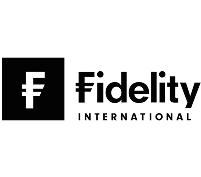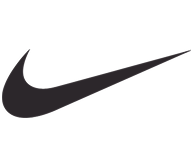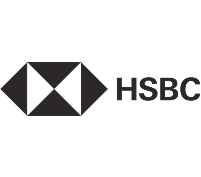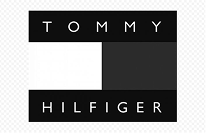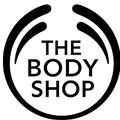THE OLD MODEL FOR BRAND GROWTH IS BROKEN. TO SUCCEED NOW, BRANDS NEED TO BE GENUINELY RELEVANT IN CULTURE AND BUILD ECOSYSTEMS THAT REFLECT the way THEIR CUSTOMERS MOVE, DISCOVER AND BUY.
Our services are purpose-built to help brands succeed in delivering this new model.

Execute at the pace of culture by leveraging cutting-edge technologies and methodologies

A tech-powered production company, fuelled by a diverse global network of talent and creators
This enables productions to be delivered with pace and quality. Clients can also work directly with Untold Fable

A production automation solution that leverages AI to localize, personalize and optimize content at scale
AnalogFolk uses the Otomo technology to deliver its client projects as a managed service, but it can also be licensed directly
An offshore studio that delivers technology, web development and UX&D projects utilizing specialist skills and progressive technologies
Our flexible model extends to end-to-end projects or specific capabilities and can be bought solely through AnalogFolk

STRATEGY
Brand, Cultural, Social, Comms
COMMUNITY
Insight, Calendars, Management, Reporting
CREATIVE
Campaigns, Content, Creator, Design
PRODUCTION
Originate, Co-create, Generative, Adapt
CX STRATEGY
Lifecycle Mapping, Behavioral Design, Service Design, Research
MEMBERSHIP
Loyalty Strategy, Channel Development, Content Publishing, AI Driven Personalization
PRODUCT INNOVATION
Experience Design, Design Systems, Rapid Prototyping, Web/App Development
TECHNOLOGY MODERNIZATION
Technology Strategy, Stack Deployment, Architecture/Engineering, AI Automation
FULL SERVICE
Film, Still, Photography, Audio
LICENSING
Photography, Video, Audio, GenAI
TALENT SOURCING
Creators, Filmmakers, Photographer, Specialists
AUTOMATED ADAPTATION
Localize, Personalize, Resize, Optimize
Our
We are proud to work with the world’s biggest brands and most exciting start ups



